The foyer is a more upscale, formal space than a mere entryway or vestibule. Unlike the casual mudroom, the foyer represents a more elegant transition from outside to inside and provides a moment of welcome for guests before processing through a home. As Patrick describes in Timeless, rooms within our newly constructed properties and interiors within historic homes are most often organized along a central spine. The foyer represents a logical starting point for this dominant passageway – it is the space from which a home’s primary rooms unfold.
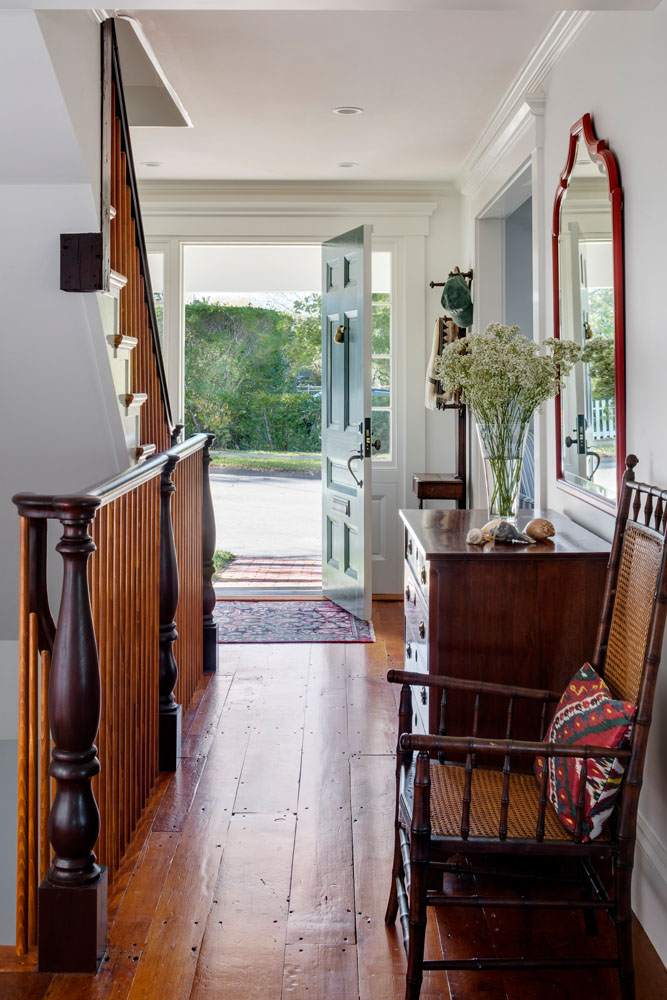
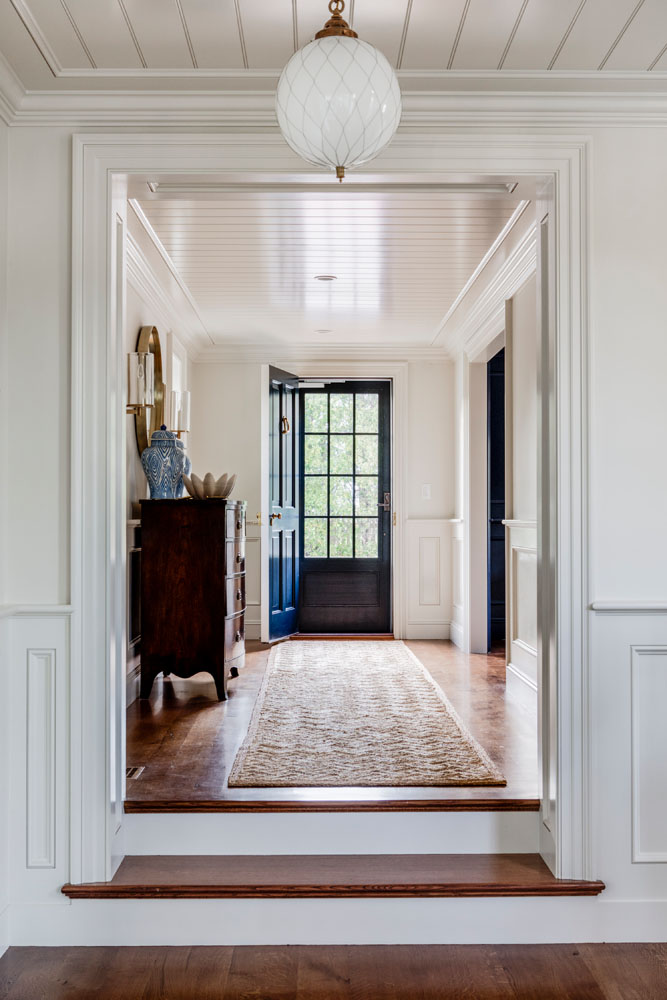
Because foyers are accessed from a home’s main entrance, they provide guests with a first impression of a residence’s interior. As a result, we purposefully design foyers with visual cues to set the tone for the rest of the home. Custom milled moldings and wall paneling, shaped ceilings, decorative light fixtures and plenty of natural light are all part of the program. As a result, the foyer becomes a place where guests can linger to experience architectural details, artwork and other textures that add character to a home.
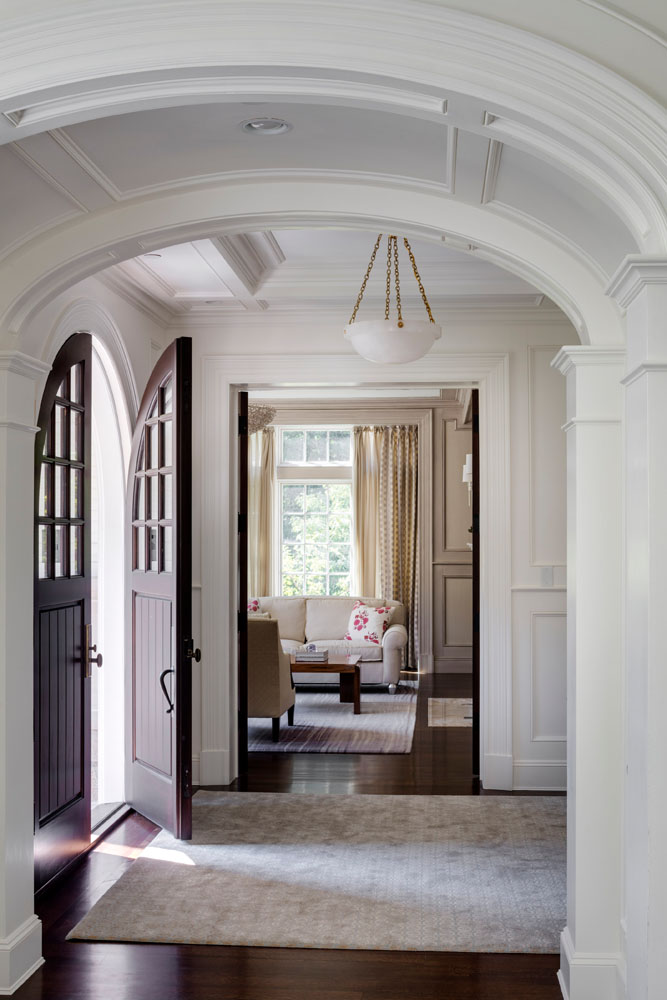
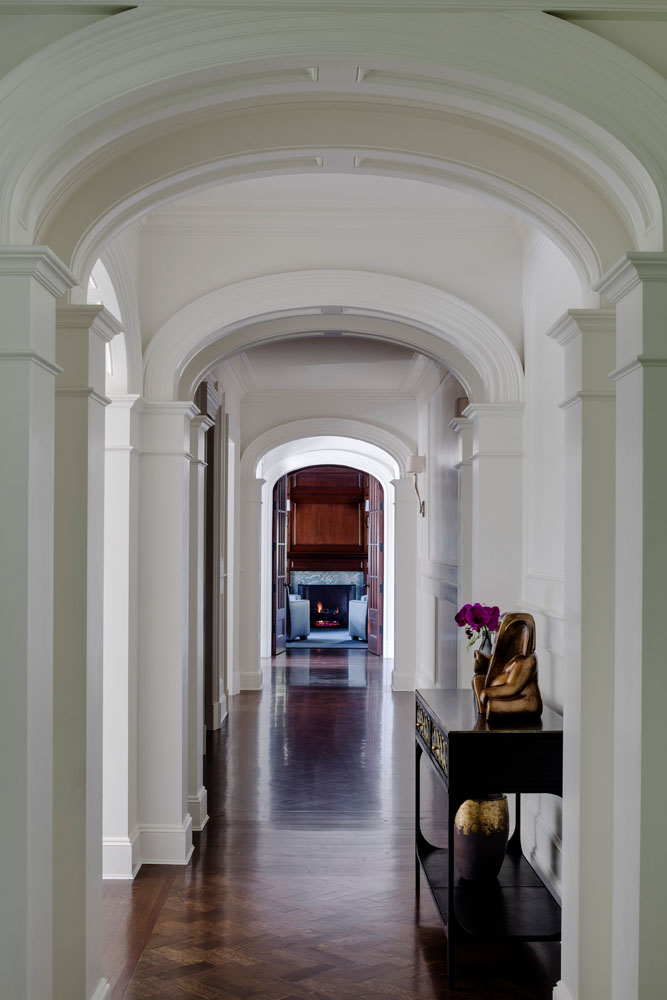

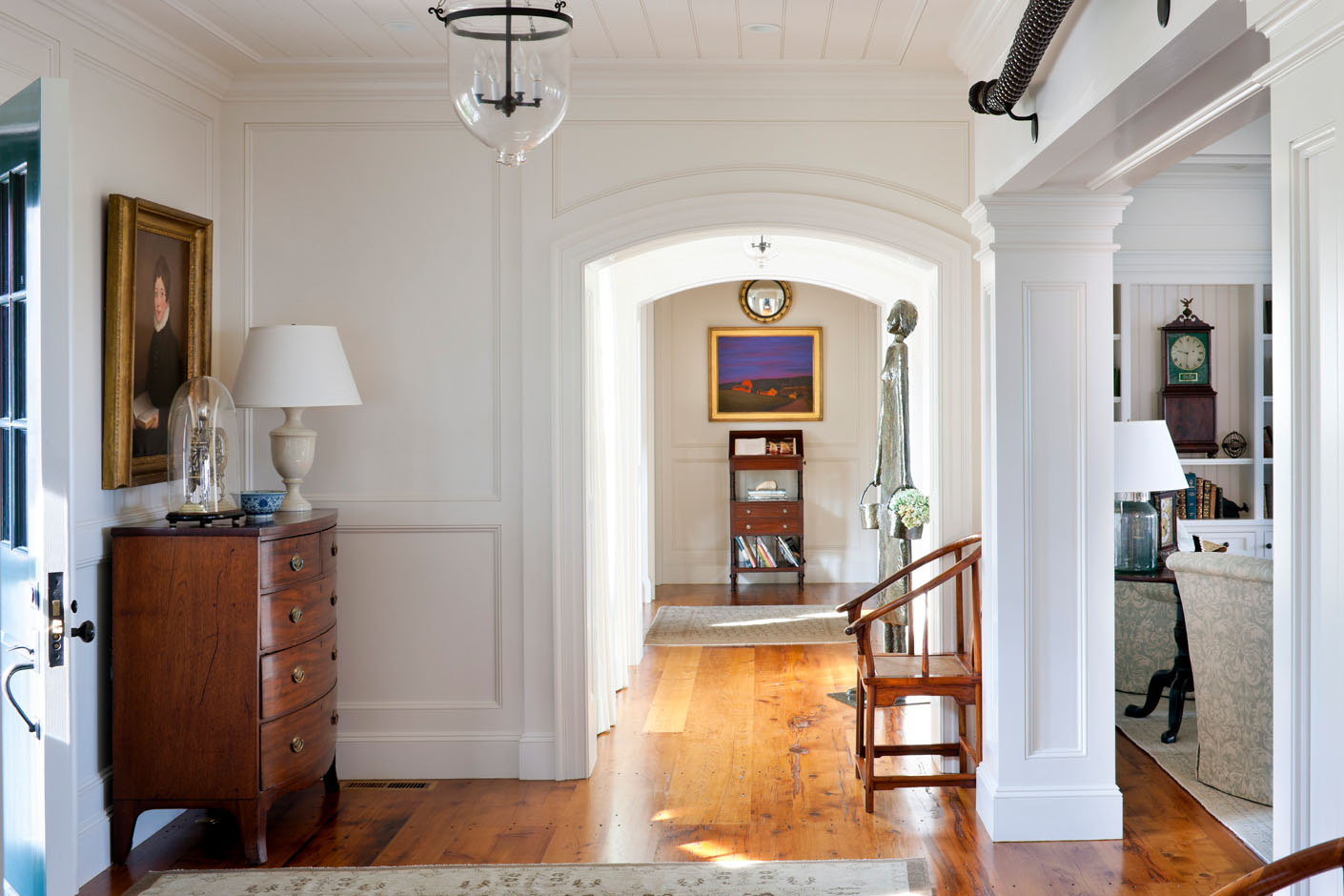
A well-designed foyer is where an interior journey unfolds, providing guests a preview of what lies within the rest of the house. If this spotlight on foyers has you reconsidering your own, contact us to learn how we might approach the project. In the interim, we invite you to find meaningful inspiration in our portfolio.